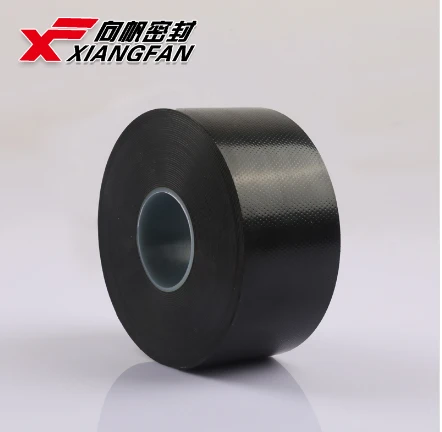The Importance and Applications of Yellow Line Marking Tape
Yellow line marking tape is an essential tool in various industries, environments, and applications. Its vibrant color and high visibility serve critical functions in safety, organization, and communication. The tape is commonly used for marking lanes, boundaries, hazards, and specific areas in both indoor and outdoor settings. Understanding the importance and versatility of yellow line marking tape can help organizations utilize it effectively to enhance safety and efficiency.
One of the primary applications of yellow line marking tape is in parking lots. By designating parking spaces, directional lanes, and no-parking zones, the tape helps manage traffic flow and ensures that vehicles are parked safely. This organization is vital for preventing accidents and ensuring a smooth operational flow in busy areas. Moreover, the high visibility of yellow tape helps drivers quickly identify marked areas, reducing confusion and the likelihood of mishaps.
In industrial settings, yellow line marking tape plays a crucial role in delineating work zones, walkways, and safety areas. For example, in factories or warehouses, yellow lines can indicate pedestrian pathways and separate them from vehicular traffic zones. This separation is essential for both safety and efficiency, as it minimizes the chance of accidents between workers and moving equipment. Furthermore, using yellow line marking tape to highlight hazardous areas (such as equipment zones or chemical storage) helps keep employees aware of potential dangers, promoting a safer work environment.
In addition to the industrial usage, yellow line marking tape is prevalent in retail environments, particularly in grocery stores and shopping malls. It can guide customers through the layout of the store, helping them navigate aisles and indicating checkout lines or areas for social distancing. This application has become increasingly significant in light of recent public health considerations, where maintaining physical distance has been critical. The use of yellow tape for such purposes not only enhances customer experience but also reinforces safety protocols.
yellow line marking tape

Emergency responders also utilize yellow line marking tape at accident scenes or disaster areas to establish perimeters and mark safe zones. By creating clear boundaries, responders can effectively manage the scene, ensuring that bystanders remain at a safe distance while allowing emergency personnel to perform their duties without unnecessary distractions. This is crucial in maintaining order during chaotic situations, highlighting the tape’s role in crisis management.
Installation of yellow line marking tape is relatively straightforward, making it accessible for a wide range of users. The tape adheres to various surfaces, including concrete and asphalt, ensuring durability even in high-traffic areas. Moreover, its weather-resistant properties make it suitable for both indoor and outdoor applications, allowing organizations to use it in diverse environments without needing constant replacement.
When selecting yellow line marking tape, it is essential to choose a type that fits the specific need. Various options include reflective tapes for enhanced visibility in low-light conditions, heavy-duty variants for industrial applications, and floor tape that provides additional grip to prevent slippage. By recognizing the specific requirements of an environment, businesses can choose the best tape to enhance safety and organization effectively.
In summary, yellow line marking tape is more than just a simple adhesive product; it is a vital safety and organizational tool in numerous applications. From marking parking spaces to creating safe walkways in industrial environments, its high visibility and versatility serve a critical function across various industries. By utilizing yellow line marking tape effectively, organizations can promote safety, enhance efficiency, and create a more organized environment for everyone involved.
-
XIANGFAN Rubber Tape-Ultimate Solutions for All Your Insulation NeedsNewsJun.24,2025
-
XIANGFAN Rubber Tape-Protection for Industrial and Residential ApplicationsNewsJun.24,2025
-
XIANGFAN Rubber Tape: Superior Safety and Sealing for Demanding EnvironmentsNewsJun.24,2025
-
XIANGFAN Rubber Tape: Reliable Solutions for Every Electrical ChallengeNewsJun.24,2025
-
XIANGFAN Electrical & Industrial Tape: Powering Reliability Across IndustriesNewsJun.24,2025
-
XIANGFAN Electrical & Industrial Tape: Excellence in Every ApplicationNewsJun.24,2025
